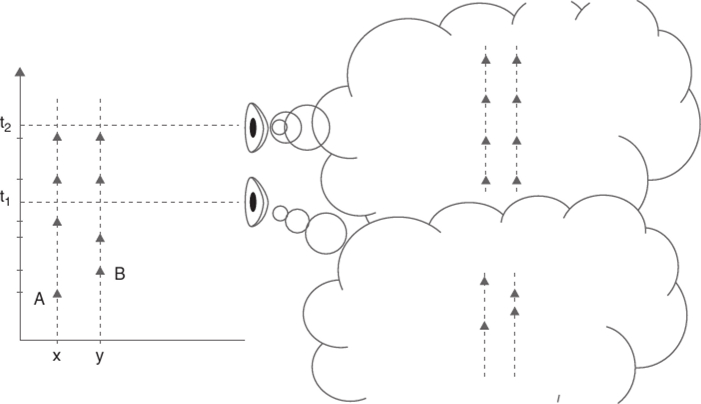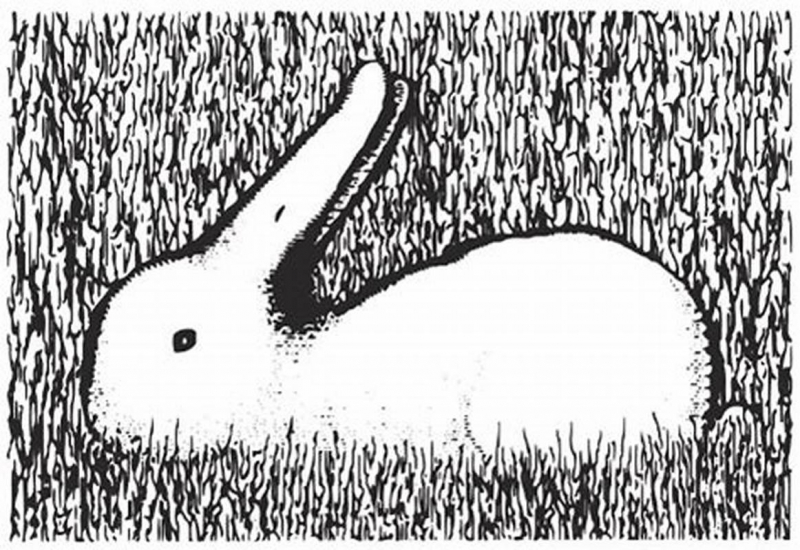The Cutaneous Rabbit
The cutaneous rabbit illusion, sometimes referred to as cutaneous saltation and cutaneous saltation effect, or CRE, is a tactile illusion elicited by rapidly tapping two or more different parts of the skin. On areas of the body surface with relatively weak spatial acuity, such the forearm, the illusion is most easily induced. Although no physical stimulus was provided between the two actual stimulus locations, a quick series of taps delivered first near the wrist and then near the elbow causes the illusion of sequential taps hopping up the arm from the wrist towards the elbow.
The illusion was first identified by Frank Geldard and Carl Sherrick of Princeton University in the early 1970s. Geldard (1982) and numerous other research have since further defined the phenomenon. The phenomenon's name comes from Geldard and Sherrick, who compared the sensation to a rabbit hopping along the skin. Similar sensory saltation illusions have been noted in vision and audition, even though the rabbit illusion has been investigated the most in the tactile realm. The term "saltation" describes the percept's leaping or jumping quality.












